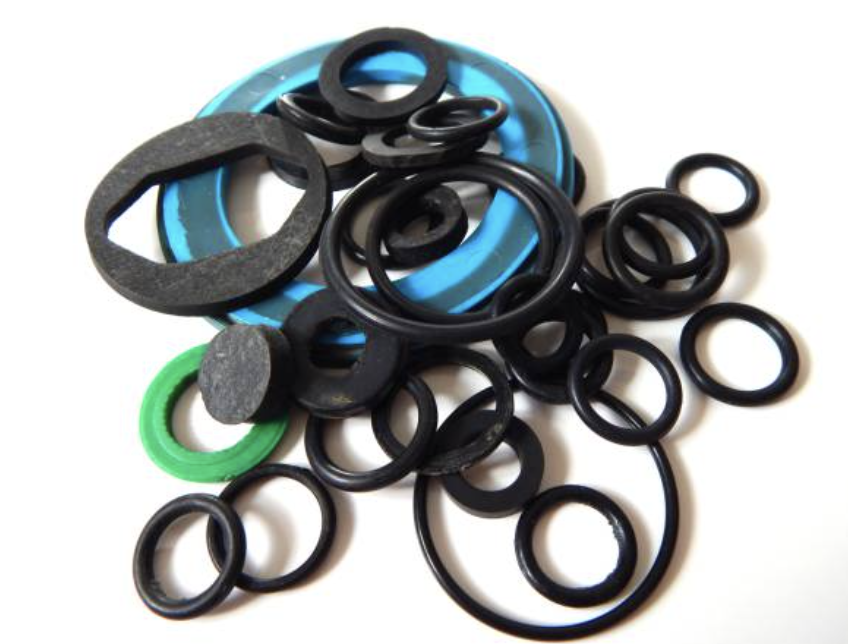
In the construction, automotive, and chemical industries to be precise, all parts of a mechanism/mechanism assembly are very vital for safety/efficiency. Among all of these components, it is the fluoroelastomers that deserve to be crowned the best performing. This synthetic rubber is applied in production of seals and gaskets which can be used aggressively as they do not degrade easily.
Fluoroelastomers are relatively chemically resistant and can handle heat well, making them devices and materials that are useful in industries. In this article on fluoroelastomers, you will find out why manufacturers choose these products for such a crucial role and how they are able to guarantee that the efficiency and reliability of industrial equipment are maintained.
Understanding Fluoroelastomers: Composition and Characteristics
A fluoroelastomer is a type of rubber that is designed for use in aggressive conditions. This is due to their flexibility and resistance to temperatures and corrosion that may be present in critical applications. Fluoroelastomers contain carbon, fluorine and hydrogen atoms. The connections between these particles are particularly close, which explain the fantastic thermal and chemical stability of the material. This makes fluoroelastomers not only chemically resistant but also suitable for long-term use in various industries. A fluoroelastomer can generally withstand temperatures well over 200 degrees Celsius and do not get damaged when exposed to oils and fuels.
Specific Applications of Fluoroelastomers in Seals and Gaskets
Currently, a major application of fluoroelastomers in industries is on seals and gaskets. They play essential roles in making sure that machines run efficiently without any issues of leaking of fluids or gasses. For instance, in automotive engineering, fluoroelastomer gaskets are utilized as sealing elements of engines. They avoid leakage of oil or fuel whether in a high heat and pressure context or not. Likewise in the chemical industry, fluoroelastomer seals are essential. This is because they are capable of withstanding harsh chemicals that may affect other material types.
It is not just about leakage avoidance. They also guard against risks and provide optimum performance. Inadequate seals will cause equipment malfunction or potential risks such as fires or hazardous chemical leaks. These risks are minimized when using fluoroelastomers, making industrial operations safer and less prone to failure.
Advancements in Fluoroelastomer Technology
The technology and uses of fluoroelastomers are rapidly evolving. Scientists are now working to create new solutions that would be able to resist even higher temperatures and more aggressive reagents. These advancements are significant as industries strive for higher operating temperatures and better performing processes. For example, improved versions of fluoroelastomers have been designed for utilization in extraction and transmission of oil and gas, which operates under some of the severest conditions.
The advancement in fluoroelastomer technology does not only bring better performance of gaskets and seals but it also increases their longevity. It also minimizes maintenance costs and time spent on repairs hence suitable for industries that cannot afford lengthy repair times.
Conclusion
Fluoroelastomers are great! Due to their ability to perform under tough conditions, they are essential in the manufacturing of seals and gaskets. There is no doubt that fluoroelastomers will continue to play a more pivotal role as technology advances. The continued advances being made suggest future prospects as well as improvements regarding the safety and performance in home and industrial applications.
Interesting Related Article: “Know About the Industrial Uses of Rust Inhibitors“
from Technology Articles - Market Business News https://ift.tt/76213NG
via IFTTT



0 Comments